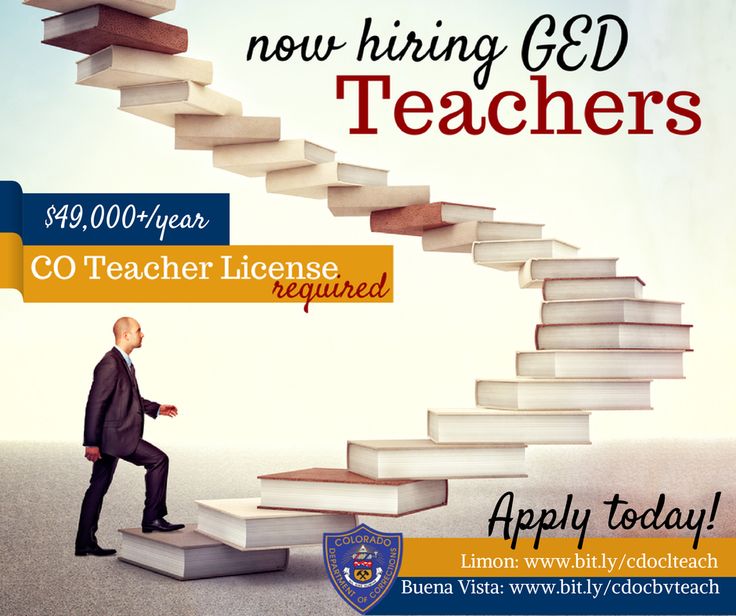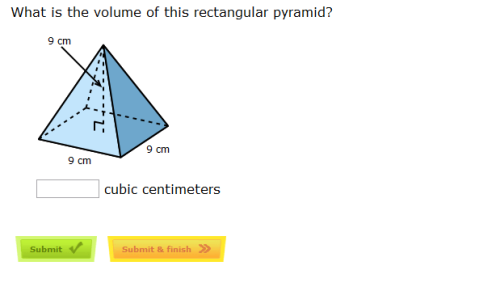
SignNow is the right choice if you are looking for an eSignature service that works. Its powerful form editor lets you customize your How To Apply Student Loan with ease. After you have uploaded your How To Apply Student Loan document, the editor will allow you to open it using the Edit and Sign toolbar. You can edit, add fields, save, email, download, or print your signed document. Invite others to eSign it.
Federal student loans
You will be able to successfully apply for federal student loans if you know how. It is possible to borrow the full amount of your education. However, this is not recommended. Student loans can be used to pay tuition and living expenses. However, it is not recommended. Make sure you have calculated the total cost of attendance. Then subtract your resources from the net price. You can repay your loan later if you borrow less than the total amount.
You can complete a FAFSA to apply for a Direct Unsubsidized loan if you need one for education. After you have filled out the FAFSA, talk to your school's Financial Aid Office for assistance. After your application has been approved and reviewed, you will receive your Student Aid Report (SAR). This should take no more than two weeks. Schools use the Student Aid Report (SAR) to determine how much money you are eligible for. Depending on your school, you can also apply online through a college website such as CollegeBoard.

Cosigner
While it is possible to qualify for a student loan without a cosigner, it is important to understand the negative implications of doing so. This arrangement can damage your credit and cause you to have a bad relationship with your cosigner. Cosigners may be required if you require financial assistance for college. You can speak to a lender about your options if this is the situation.
It is important to inform your cosigner regarding the payment plan and other options. Let them know how they can contact you with any questions. Explain to them that they have done their research and looked at other options. It is a good idea if you don't want to have awkward conversations later on to create a separate agreement. It is important to understand that cosigning can be a serious commitment.
Credit score of at least 80%
One factor considered by lenders when approving loan applications is the borrower's credit score. While the minimum credit score may increase applicants' chances of approval it is not guaranteed. Students with credit scores less than 649 will be limited in their options. A cosigner is required for student loans. This is true, but there are still other options.
You should have a credit score of 670 to be eligible for a private loan for student loans. Private lenders do not disclose credit score guidelines to applicants. Other lenders might offer prequalification services that will let you determine whether your credit score is good enough to be approved. This option can help you save time and avoid damaging your credit score. Private student loans usually require a credit score between 600 and 700.

Income requirement
A majority of lenders will require that you have a steady income in order to be eligible for a loan. While new students might not have the time or skill set to make a substantial income, they are generally more likely to have a higher debt-to-income ratio. You can still make money in college, even though this is a fact. You can find part-time jobs and apply with a co-signer to lower the monthly repayment amount.
Federal government agencies do not have blanket authority to view data about student loans and the applicants. The government has regulations regarding information sharing among agencies. If you want to apply for an income-driven payment plan, you will need to provide a copy of your tax return on paper or a link. Sometimes, income from the parent may be taken into consideration. This applies only to one-year or graduate degree programs.
FAQ
How long should you spend on college preparation?
How much time you have available to study and how long it takes to prepare for college will determine the amount of time you spend on preparation. It is a good idea to start college preparation courses immediately if your goal is to attend college as soon after you graduate high school. On the other hand, if you plan to take several years off before attending college, you probably don't need to begin planning until later.
You should discuss your plans with your parents and teachers. You may be able to suggest courses of study. It's important to keep track and record the grades received in each course. This will allow you to know exactly what you need for next year.
Do I want to specialize in one area or should I branch out?
Many students choose to concentrate on one subject (e.g. English History and Math) rather that branching into several subjects. It's not necessary to be a specialist. If you're interested in becoming an internist or a surgeon, you have the option to choose either surgery or internal medicine. You could also choose to specialize in family practice, pediatrics, gerontology or neurology. If you're interested in a career as a business professional, you can focus on management, finance or operations research. The choice is yours.
What is the distinction between public and private schools, you ask?
Public schools are free for all students. They offer education from kindergarten to high school. Tuition fees for private schools are payable by each student. They offer education from preschool to college.
There are charter schools that are both privately operated and publicly funded. Charter schools don't use traditional curricula. They allow students more freedom to discover what interests them.
Charter schools are popular with parents who believe their children should receive quality education regardless of their financial status.
Statistics
- Among STEM majors, that number is 83.5 percent. (bostonreview.net)
- Globally, in 2008, around 89% of children aged six to twelve were enrolled in primary education, and this proportion was rising. (en.wikipedia.org)
- They are also 25% more likely to graduate from high school and have higher math and reading scores, with fewer behavioral problems,” according to research at the University of Tennessee. (habitatbroward.org)
- “Children of homeowners are 116% more likely to graduate from college than children of renters of the same age, race, and income. (habitatbroward.org)
- They are more likely to graduate high school (25%) and finish college (116%). (habitatbroward.org)
External Links
How To
What is vocational training?
Vocational Education, which is an educational system that prepares high school students for jobs after college or high school, provides them with training in specific skills required for a job (e.g. welding). It includes training on the job in apprenticeship programs. Vocational education is distinct from general education as it focuses more on training individuals for specific jobs than on learning broad knowledge that can be used in the future. Vocational education does more than prepare for university. It helps people find jobs after graduation.
Vocational education can be offered at any level of schooling: primary, secondary, college, university, technical institutes and trade schools. There are also many specialty schools like nursing schools and law schools, legal schools, medical schools and dental schools as well as veterinary medicine, veterinary medicine, firefighting, police academies and military academies. Many of these provide both academic instruction and practical experience.
Over recent decades, there have been significant investments made in vocational education by many countries, including Australia, Denmark (Finland), Germany, Ireland and Japan. However, it is not clear if vocational education is effective. Some critics say it does not improve students' employability. Other argue that it prepares them well for life beyond school.
According to the U.S. Bureau of Labor Statistics (47% of American adults are currently holding a postsecondary certificate/degree related to their current job), this figure is higher among those with more education. This percentage is higher among those with higher education. 71% percent of the 25-29 year olds with a bachelor's degree are currently working in fields that require postsecondary credentials.
The BLS reported in 2012 that almost half of all adults had some type of postsecondary credential. A third of Americans have a two-year associate's degree and 10% hold a four year bachelor's degree. One in five Americans holds a master’s degree or doctorate.
For those with a bachelor’s degree, the median annual income was $50,000. This is compared to $23,800 if you don't have one. For those with advanced degrees, the median wage was $81,300.
For those who did no high school, the median salary was only $15,000. Earn $13,000 per annum for those with less high school diplomas.